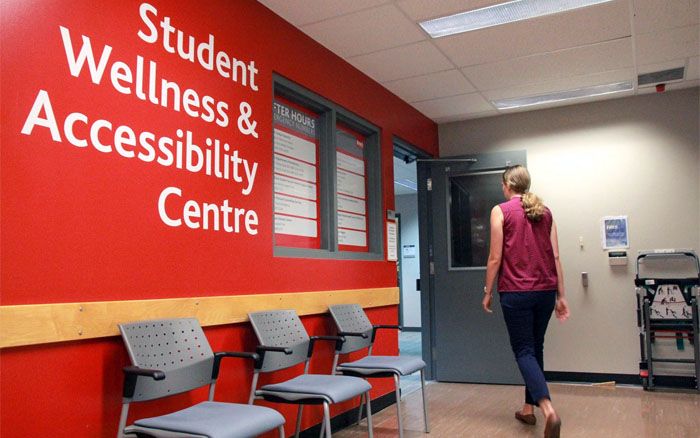Best Approaches to College Health Billing
UTEP’s Clinical Finance Journey
In our exclusive interview with David Porras Jr., Assistant Director of Business and Clinical Operations at the University of Texas at El Paso (UTEP), we delve into the transformation of their Student Health & Wellness Center. Learn about their journey with Medicat, the challenges they faced, and the remarkable improvements in service delivery and clinical efficiency.
Q: Can you give a brief description of UTEP and your Student Health & Wellness Center?
A: I’d describe UTEP as having a diverse student body, mainly comprised of commuting and international students. Our Counseling and Psychological Services is a completely separate service. We send plenty of referrals to Counseling and Psychological Services, but then the prescriptions for depression and anxiety get sent back over to us in Student Health. We see a variety of insured and uninsured (self-pay) students. Plus, we comply with the requirements for academic programs like nursing and pharmacy.
Q: When did you first start using Medicat?
A: We started using Medicat 13 years ago. I implemented the software about 1-2 years into my position, transitioning from a paper-based system for charting and billing to going fully electronic within six months for all of our college health billing.
Q: What challenges necessitated transitioning to using an EHR product?
A: Billing was not administered by practice management personnel specialized in business operations. There were no fee schedules, and since we had outsourced to a billing company, they took a significant cut of the payments. Eventually, an internal audit revealed 22 critical issues that we needed to address. We discovered that Medicat offered practice management features, electronic claims processing, and an intuitive interface, addressing these challenges.
Q: What made Medicat’s EHR & billing and insurance solutions work for your clinic?
A: Choosing an EHR that had practice management features and front-office capabilities was our main goal. The other features Medicat offered were just the cherry on top. Practice management features such as electronic claims processing, ease of use of issuing credits and refunds, and appointment scheduling were some of the most helpful features to our clinic at the time. We integrated Medicat with Waystar, which vastly reduced processing time for all of our payments.
Q: How did you go about introducing our solution to your team? Was there pushback? A sigh of relief? Celebration?
A: Some of our staff were initially hesitant to switch to an electronic system. Our on-site training sessions with Medicat staff helped overcome resistance. Once trained, they found the system to be more intuitive and user-friendly than our previous paper-based system.
Q: Has working with students improved since implementing Medicat?
A: Absolutely! Students appreciate the ease of filling out consent forms and gaining a better understanding of insurance claims and billing, as these services are no longer outsourced. I really enjoy educating students on insurance and working with them to ensure they can afford the care they need.
Q: What have you been most impressed with during your Medicat experience?
A: The collaborative approach to quickly resolving issues and implementing new features that enhance both the staff and student experiences.
Key Takeaways
By addressing the University of Texas at El Paso’s unique challenges and streamlining its operations, Medicat has played a pivotal role in enhancing efficiency and improving the overall student experience. We take pride in our commitment to helping college health centers run more efficiently, offering not just an EHR solution, but a partnership dedicated to the success of student health services. UTEP’s journey is a testament to our shared mission of making a positive impact on the healthcare landscape of college campuses.
Continue On to Read the Full Case Study













 We’ve all seen headlines in recent years about
We’ve all seen headlines in recent years about